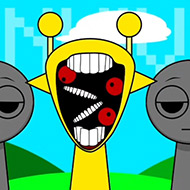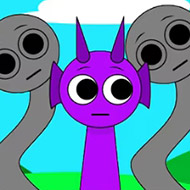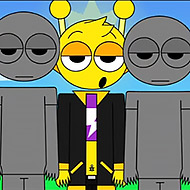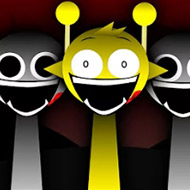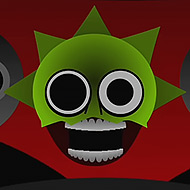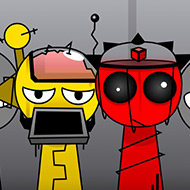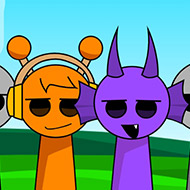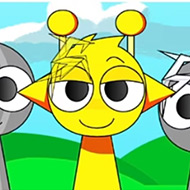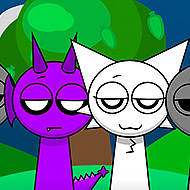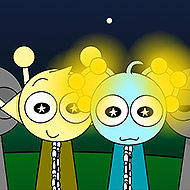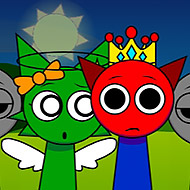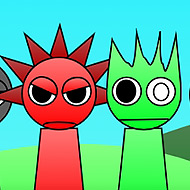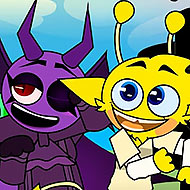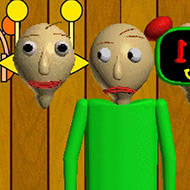Sprunki Spupil is a cerebral rhythm reaction game that plays tricks with visual memory and player perception. Its challenge stems not from speed but from subtle misdirection. What begins as a standard rhythm game quickly turns into a complex interplay of mirrored feedback, color-based decision-making, and clone pattern puzzles. Each level requires acute attention to detail, as misreading even one visual cue can reset your momentum or send you down a different path entirely.
Pattern Recognition Under Pressure
At first glance, Sprunki Spupil looks familiar—notes descend or appear in patterns, and players must hit them in time with the beat. But very quickly, the game begins to distort player expectations. Notes may shift location, split into twins, or echo movements from a past playthrough. Visual cues often contradict audio ones. The game trains players to rely on instinct and adaptive pattern analysis rather than rote memorization.
- Dual channel play: Most levels feature two visual tracks, each influencing the other.
- Color confusion mechanics: Certain hues override inputs or temporarily disable one control zone.
- Rhythm ghosts: Some stages introduce echoes of previous failed runs that can either help or mislead.
Adaptability Over Perfection
Rather than seeking a perfect run, Sprunki Spupil encourages you to learn from mistakes and adjust strategies mid-level. Its flexible pathing means that even errors can unlock new layers or altered versions of levels. Some of the more advanced stages require using visual distractions—like intentional misaligned clones—to track real note flows underneath the visual noise.
- Use peripheral vision to scan mirrored tracks while focusing on the main.
- Memorize reaction patterns rather than note positions.
- Deliberately fail minor inputs to test potential route shifts.
Progression That Feels Organic
There’s no traditional level structure in Sprunki Spupil. Completing sections in different ways triggers different progression trees. Some levels respond dynamically to player tendencies—if you focus on one zone too long, the other may begin to collapse. Later levels even include multi-stage tests where success in one rhythm section unlocks logic-based follow-ups or reaction loops with unpredictable visuals.
Sprunki Spupil challenges how players perceive control and rhythm, requiring high levels of focus and adaptability. It’s an experience built for those who crave unconventional rhythm-based problem solving, full of layered deception and abstract cues. The more you lose, the more you’ll learn.















































